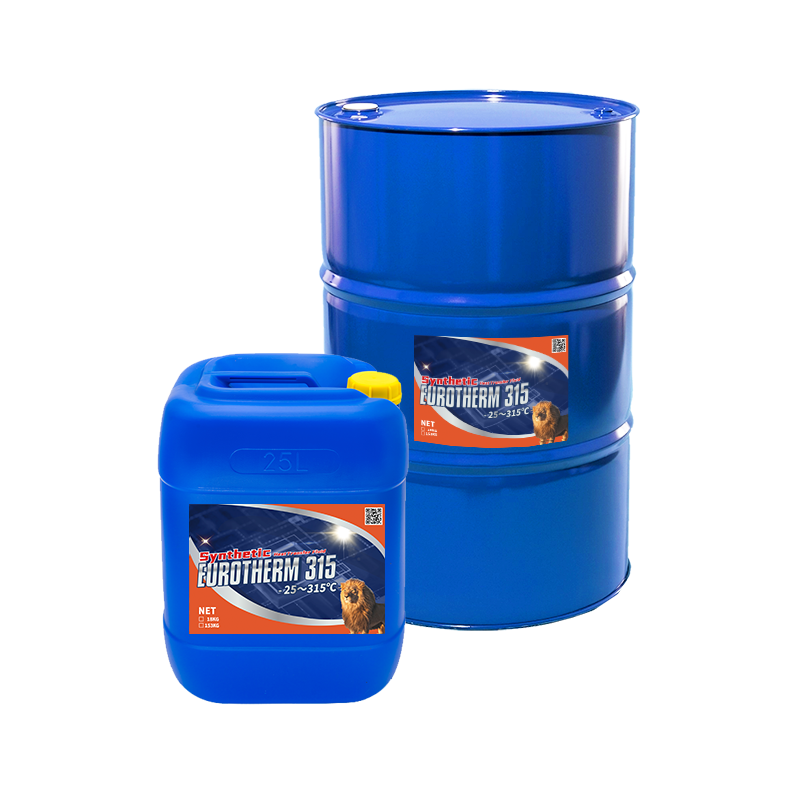5 Easy Facts About Chemie Explained
5 Easy Facts About Chemie Explained
Blog Article
Some Known Facts About Chemie.
Table of ContentsChemie Fundamentals ExplainedFacts About Chemie RevealedExamine This Report on ChemieIndicators on Chemie You Should KnowHow Chemie can Save You Time, Stress, and Money.The Buzz on Chemie
By Bojanna Shantheyanda, Sreya Dutta, Kevin Coscia and David SchiemerDynalene, Inc. Liquid cooling, which can be achieved using indirect or straight ways, is used in electronics applications having thermal power thickness that might surpass safe dissipation via air cooling. Indirect fluid air conditioning is where heat dissipating digital parts are literally divided from the liquid coolant, whereas in instance of straight cooling, the parts remain in direct call with the coolant.Nevertheless, in indirect cooling applications the electric conductivity can be crucial if there are leaks and/or splilling of the fluids onto the electronic devices. In the indirect air conditioning applications where water based fluids with deterioration preventions are typically made use of, the electrical conductivity of the fluid coolant generally depends on the ion focus in the fluid stream.
The rise in the ion concentration in a shut loophole fluid stream might occur as a result of ion seeping from steels and nonmetal parts that the coolant liquid touches with. During procedure, the electric conductivity of the fluid may raise to a degree which might be unsafe for the cooling system.
Getting The Chemie To Work
(https://www.quora.com/profile/Bette-Anderson-15)They are grain like polymers that can trading ions with ions in a remedy that it is in call with. In the existing job, ion leaching tests were executed with different steels and polymers in both ultrapure deionized (DI) water, i.e. water which is treated to the highest degrees of purity, and reduced electrical conductive ethylene glycol/water combination, with the determined change in conductivity reported gradually.
The samples were permitted to equilibrate at room temperature level for two days prior to taping the initial electric conductivity. In all examinations reported in this research study fluid electric conductivity was determined to a precision of 1% utilizing an Oakton CON 510/CON 6 series meter which was calibrated before each dimension.
What Does Chemie Mean?
from the wall surface home heating coils to the center of the heater. The PTFE example containers were placed in the heating system when steady state temperatures were gotten to. The examination setup was eliminated from the heater every 168 hours (seven days), cooled down to area temperature with the electric conductivity of the liquid measured.
The electric conductivity of the liquid sample was kept an eye on for a total amount of 5000 hours (208 days). Schematic of the indirect closed loophole cooling down experiment set up. Elements made use of in the indirect shut loophole cooling down experiment that are in call with the liquid coolant.

The Basic Principles Of Chemie
The modification in liquid electric conductivity was kept track of for 136 hours. The liquid from the system was gathered and stored.

0.1 g of Dowex material was included in 100g of fluid examples that was absorbed a separate container. The combination was mixed and transform in the electrical conductivity at space temperature level was gauged every hour. The determined modification in the electrical conductivity of the UP-H2O and EG-LC test liquids having polymer or metal when involved for 5,000 hours at 80C is shown Number 3.
The Greatest Guide To Chemie
Ion leaching experiment: Calculated adjustment in electrical conductivity of water and EG-LC coolants having either polymer or metal examples when immersed for 5,000 hours at 80C. The outcomes suggest that steels added fewer ions right into the liquids than plastics in both UP-H2O and EG-LC based coolants.
Liquids consisting of polypropylene and HDPE exhibited the lowest electric conductivity changes. This can be due to the short, stiff, straight chains which are much less most likely to contribute ions than longer branched chains with weak intermolecular pressures. Silicone also carried out well in both examination fluids, as polysiloxanes are usually chemically inert because of the high bond energy of the silicon-oxygen bond which would certainly stop degradation of the product into the liquid.
The Greatest Guide To Chemie
It would certainly be expected that PVC would certainly create similar outcomes to those of PTFE and HDPE based upon the similar chemical frameworks of the products, nevertheless there might be other pollutants existing in the PVC, such as plasticizers, that may influence the electric conductivity of the liquid - meg glycol. In addition, chloride groups in PVC can also leach into the examination liquid and can cause an increase in electrical conductivity
Polyurethane entirely disintegrated into the examination liquid by the end of 5000 hour examination. Prior to and after photos of metal and polymer examples immersed for 5,000 hours at 80C in the ion seeping experiment.
Calculated adjustment in the electrical conductivity of UP-H2O coolant as a feature of time with and without material cartridge in the shut indirect cooling loop experiment. The determined modification More Bonuses in electric conductivity of the UP-H2O for 136 hours with and without ion exchange resin in the loophole is received Number 5.
Report this page